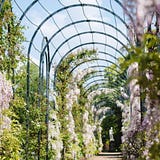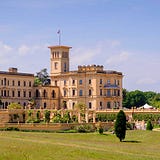Italian Gardens, Mamma Mia!
Money buys you the best materials, but poor design and planning can ruin them.
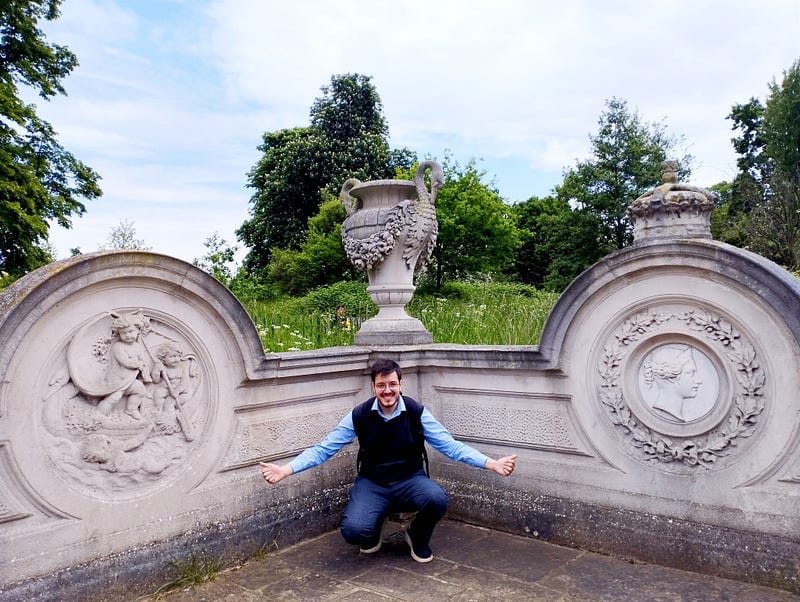
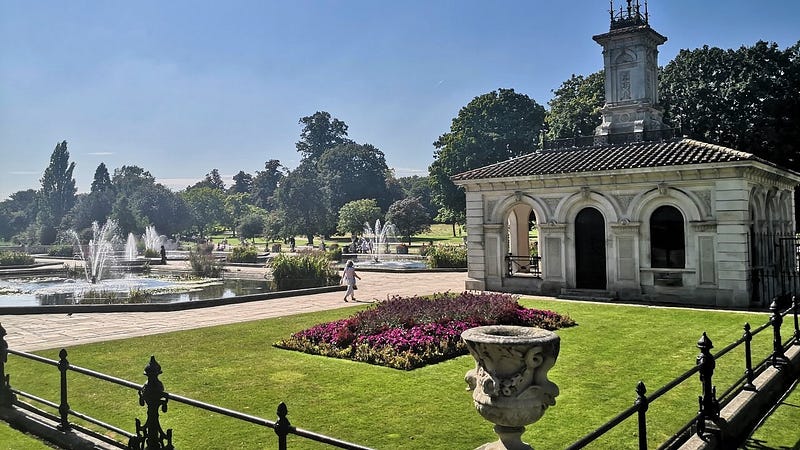
Picture this: strolling through lush greenery, basking in the warm sunlight, and breathing in the fragrant floral scents. Welcome to the Italian Gardens, a serene haven nestled within the heart of Kensington Gardens in London.
Sounds great, but that doesn’t match with my title, right? To an attentive eye, this garden is full of good intentions coupled with mistakes, wrong repairs and bad planning.
Backstory and good tips
The origins at Kensington Gardens can be traced back to Osborne House on The Isle of Wight, where the royal family would spend their holidays since 1840. Prince Albert, who had a strong passion for gardening, personally oversaw the development of the works. He introduced an Italian-style garden that featured expansive elevated terraces, ornamental fountains, decorative urns, and precisely arranged flower beds.
In 1860, this concept was brought near to Hyde park, meant as a gift from the prince consort to his beloved Queen Victoria.
One man was chosen for the project, named James Pennethorne. An architect and planner, particularly associated with buildings in London.
When exploring the gardens, be sure to keep an eye out for initials of Monarchs engraved on one of the walls of the Pump House located in the northern section. This particular building once housed a steam engine responsible for operating fountains, cleverly disguised by a pillar on the roof, designed to resemble a chimney. A dedicated stoker would keep the engine running on Saturday nights to ensure the Round Pond was filled with enough water pressure on Sundays, enabling the fountains to operate.
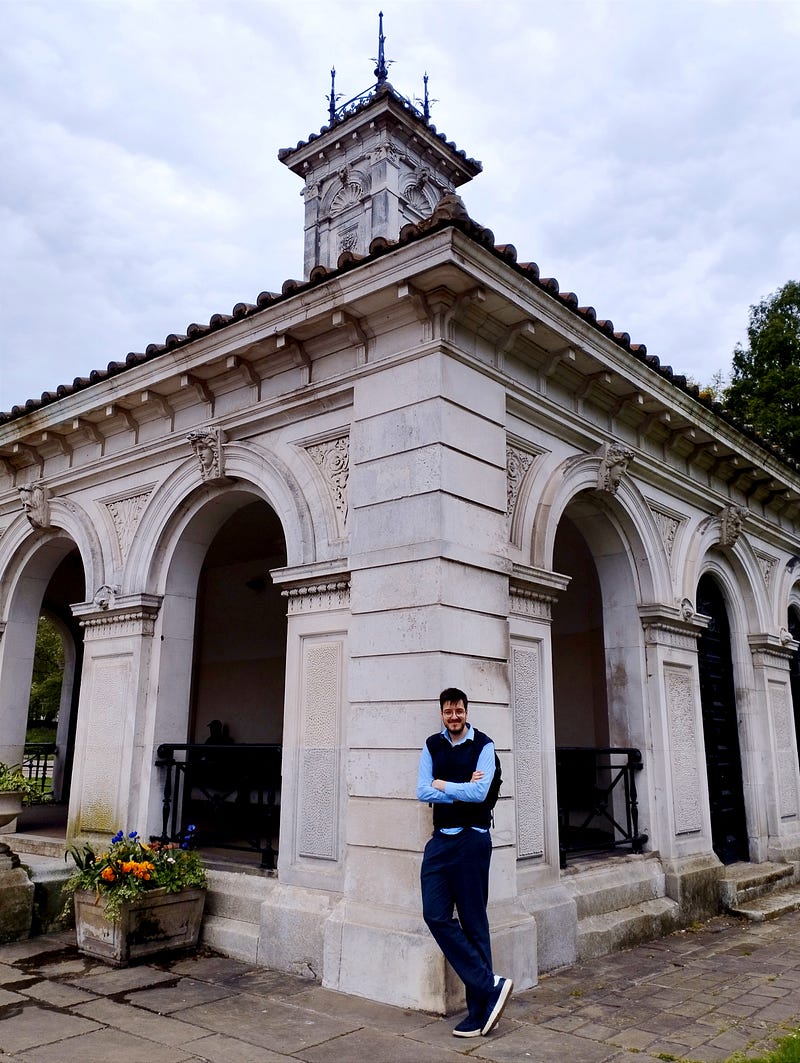
Many opposed the design of the gardens as a whole, including the influential William Robinson (Irish Journalist and Gardner).
‘The plan was carried out with the greatest care; the planting &c, was done by experienced men, yet the result, as everybody knows, was unsatisfactory in the highest degree’.
Why did he say so? Well, Pennethorne was indeed a good middle-of the- road architect, but not an experienced landscape one.
The errors
Choice of stone
Even though the most experienced masons have been hired to create these gardens, the choice of the stone could have not been worse. By 1860 it was already known that marble is not suitable outdoors, it’s a porous stone that over time (due to the rain) absorbs dirt and limescale. Probably the masons have voiced their opinions, but the architects as usual go by their own strange ideas.
Marble was used for the central rosette, tazza fountain and the Monarchs reliefs with the following results:
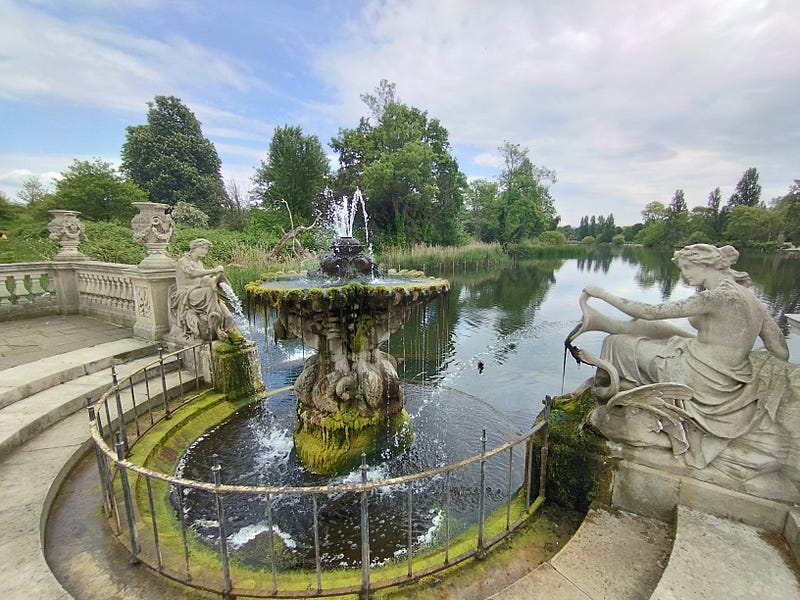
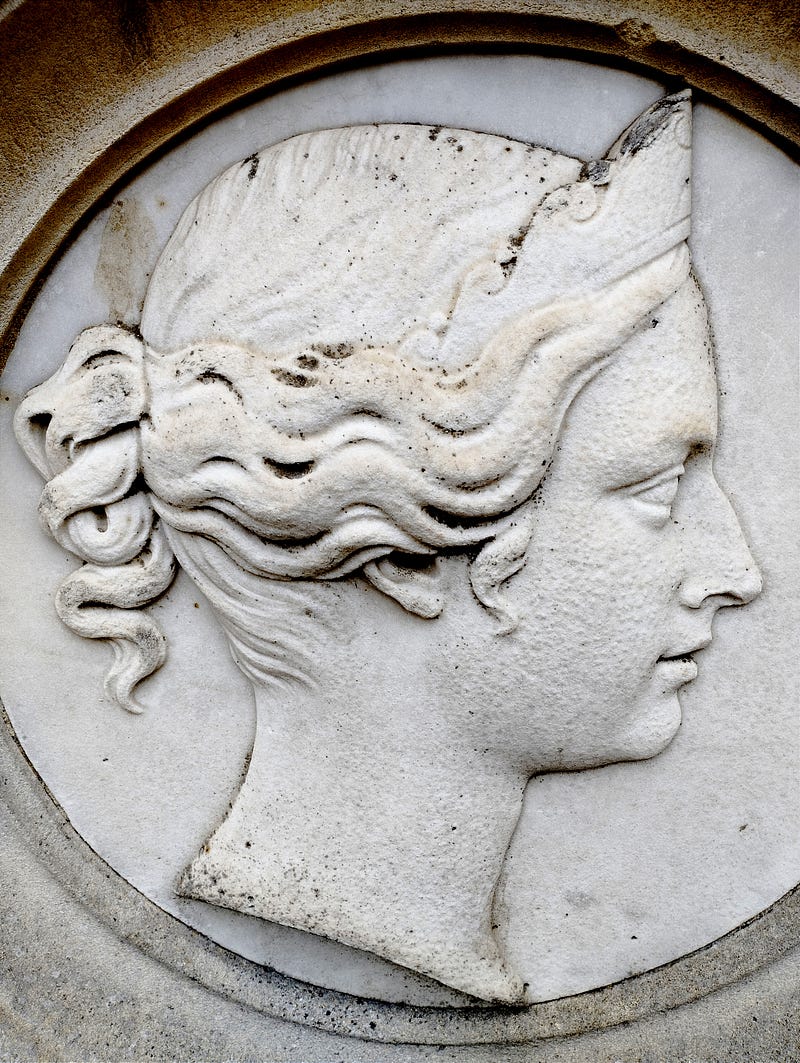
Position
By planning standards, fountain and statues are placed in an awkward positions (pictured above) since they face the lake and not the visitors. The only way to enjoy the statues at their best is to take a little boat and row in front of them.
Also, most of the stonework is in Portland stone. A perfect choice, but the design is faulty.
The statues are too close to the water, being exposed to humid environment made them fragile and soft. As you can see in the pictures above, both statues have lost their noses and something more.
Another issue relates to reliefs carved around the perimeter. Made again in Portland, this British stone is well known to be durable and for its carvable properties. Although if placed in an area where the water repeatedly sits there limiting the drainage, it causes severe damage as shown below:
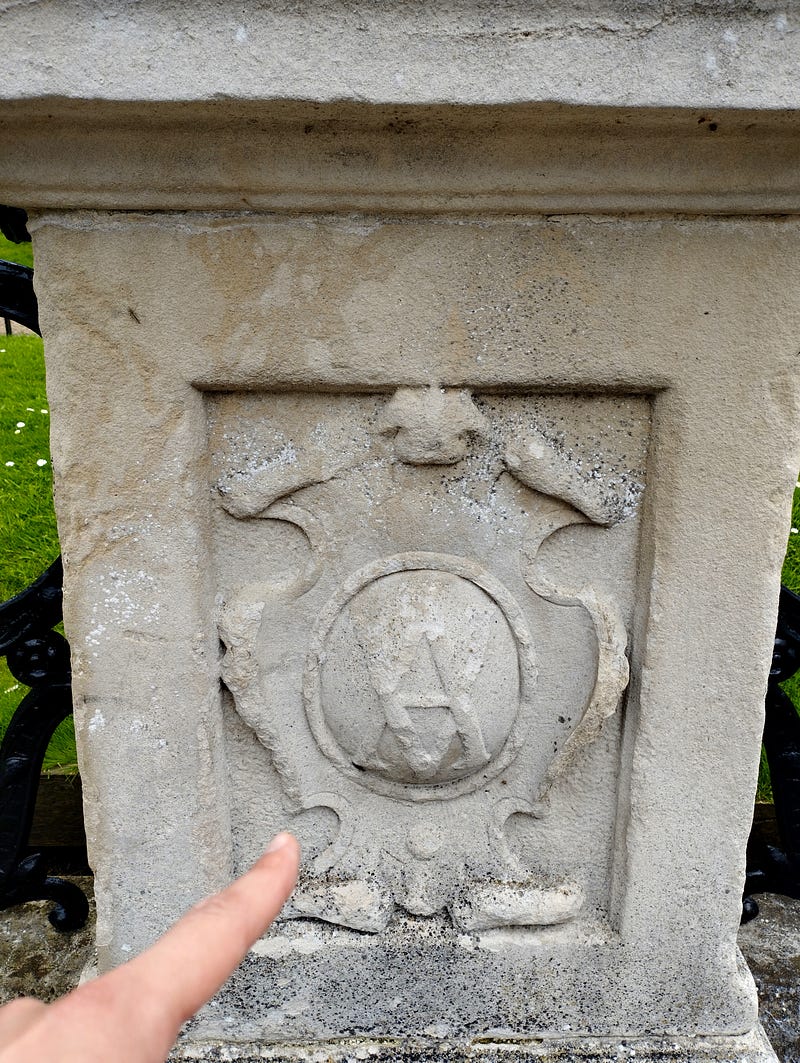
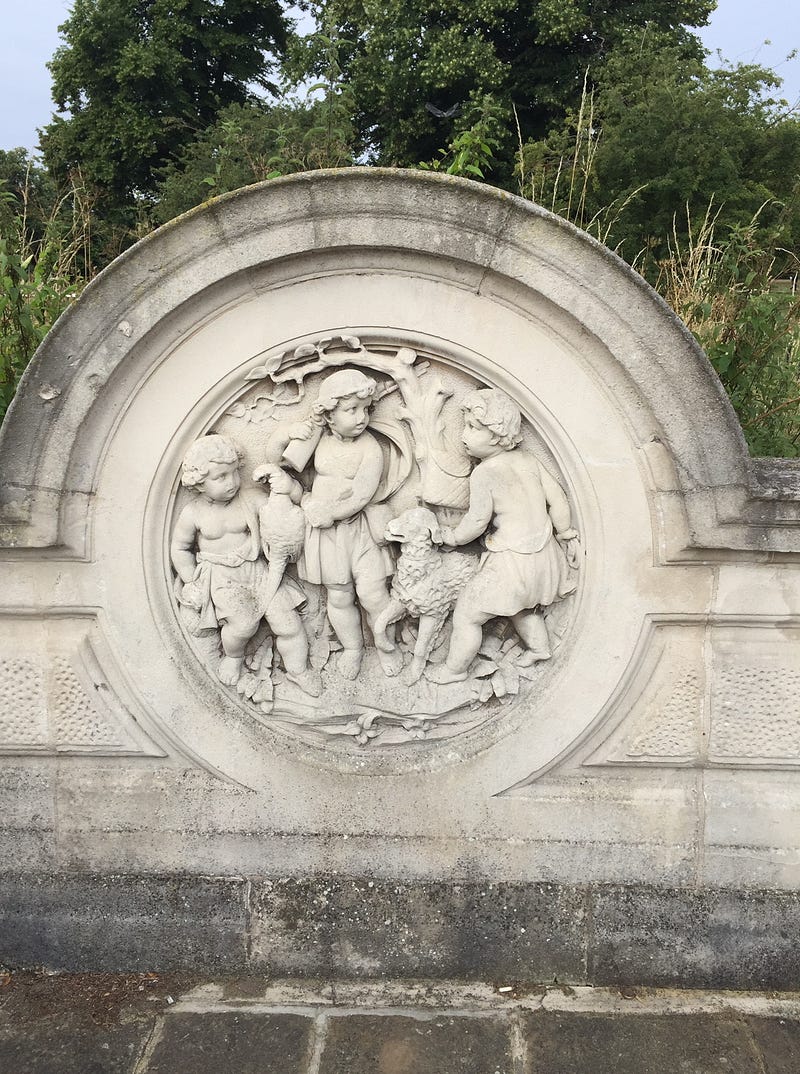
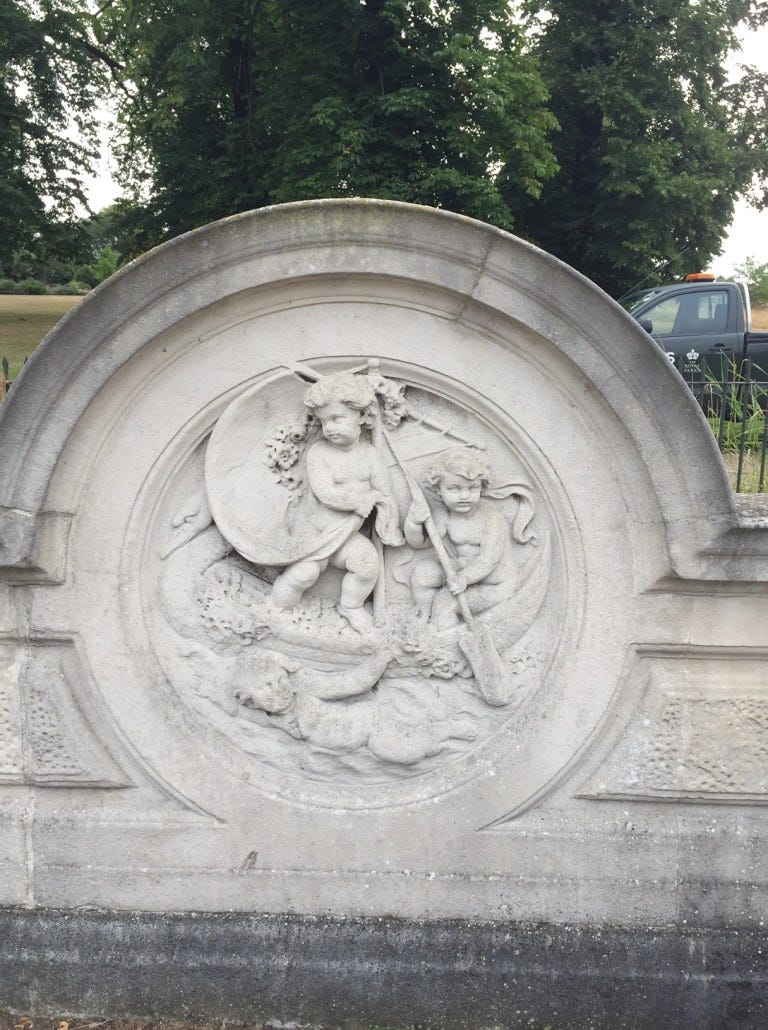
All of these reliefs have lost sharpness due to the rain not draining properly in tight spots of the artworks. For this reason, stonemasons have always avoided high reliefs (at least outdoor), preferring lower ones allowing the water to flow easily.
Not an Italian garden
This is just not a garden. Check Trentham Garden in Stoke-on -Trent built in the same period, that is a good, elegant and virtuous example.
Italian gardens are meant as an extension of an existing building, improving its appearance and increasing its value, this does quite the opposite.
I think Prince Albert and the Architect got too excited and made an excess of hubris, in the most central location of London.
Restoration
This whole area has been virtually untouched until 2011, when finally someone decided to do some work on it with big money from the Tiffany Foundation.
The restoration marks the final part of Tiffany — Across the Water, a project to restore ornamental and drinking fountains across the eight Royal Parks, supported by a grant of £784,000 from The Tiffany & Co. Foundation.
I should add, not much has been done for a project close to a million pounds.
The original stonework on the urns and rosette has been replaced with a new one but already has lost its shine.
A new clean water system and water quality improvements have been implemented, but the Tazza fountain already looks dirtier than before.
Final thoughts
In the end, I would say do pay a visit as it is a beautiful part of London. Although bear in mind, not everything you see Victorian or Italian screams for a masterpiece.
It serves as a reminder that you can’t throw money and expect good results, this is valid for the general public as much as for Monarchs and cool brands like Tiffany.
That’s the reason why studying traditional architecture and urban planning is important. It concerns everyone and not a few elite groups, since we all live in the city.
I hope you enjoyed the article and as usual don’t forget to like, follow and subscribe :)
Thank you and see you next, bye-bye!
P.S. If you know the name of the sculptor who made the Tazza fountain, please let me know in the comments! I’m eager to learn, as it is a unique and intricate piece.
Useful Links


